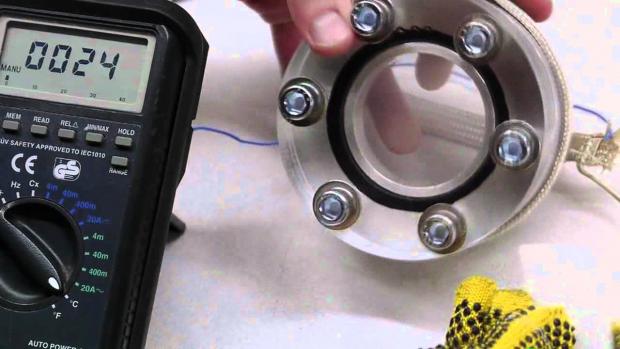
Breaking News
 GOOD BYE VENISON | Now, they're BANNING DEER FARMING and it's going to court in Minnesota.
GOOD BYE VENISON | Now, they're BANNING DEER FARMING and it's going to court in Minnesota.
 Millionaires in 1900, Billionaires Today and Trillionaires in the Future
Millionaires in 1900, Billionaires Today and Trillionaires in the Future
 Brighteon Broadcast News, Jan 9, 2026 - Mike Adams: We Are Building the Infrastructure...
Brighteon Broadcast News, Jan 9, 2026 - Mike Adams: We Are Building the Infrastructure...
 The breaking point: American farms are in crisis
The breaking point: American farms are in crisis
Top Tech News
 World's most powerful hypergravity machine is 1,900X stronger than Earth
World's most powerful hypergravity machine is 1,900X stronger than Earth
 New battery idea gets lots of power out of unusual sulfur chemistry
New battery idea gets lots of power out of unusual sulfur chemistry
 Anti-Aging Drug Regrows Knee Cartilage in Major Breakthrough That Could End Knee Replacements
Anti-Aging Drug Regrows Knee Cartilage in Major Breakthrough That Could End Knee Replacements
 Scientists say recent advances in Quantum Entanglement...
Scientists say recent advances in Quantum Entanglement...
 Solid-State Batteries Are In 'Trailblazer' Mode. What's Holding Them Up?
Solid-State Batteries Are In 'Trailblazer' Mode. What's Holding Them Up?
 US Farmers Began Using Chemical Fertilizer After WW2. Comfrey Is a Natural Super Fertilizer
US Farmers Began Using Chemical Fertilizer After WW2. Comfrey Is a Natural Super Fertilizer
 Kawasaki's four-legged robot-horse vehicle is going into production
Kawasaki's four-legged robot-horse vehicle is going into production
 The First Production All-Solid-State Battery Is Here, And It Promises 5-Minute Charging
The First Production All-Solid-State Battery Is Here, And It Promises 5-Minute Charging
 See inside the tech-topia cities billionaires are betting big on developing...
See inside the tech-topia cities billionaires are betting big on developing...
Supercritical CO2 pilot aims to make steam turbines obsolete

Ribbons were cut at the Supercritical Transformational Electric Power (STEP) pilot plant in Texas on October 27 as it was declared "mechanically complete" by project partners Southwest Research Institute (SwRI), GTI Energy, GE Vernova, and the U.S. Department of Energy.
The device in the image above is the world's first supercritical carbon dioxide turbine. Roughly the size of a desk, is a 10-megawatt turbine capable of powering around 10,000 homes. Ten megawatts is pretty small potatoes in the energy business, but to do it with a turbine this tiny? That could prove to be a revolutionary feat.
Carbon dioxide goes supercritical when the temperature and pressure are above about 31 °C (88 °F) and 74 bar (1,070 psi), respectively. At this point, it stops acting like a gas or a liquid, and instead starts acting something like a gas with the density of a liquid. Past this point, relatively small changes in temperature can cause significant changes in density.
Water can of course go supercritical too – it just takes a lot more energy, requiring a temperature and pressure over 373 °C (703 °F) and 220 bar (3,191 psi).
The properties of this supercritical CO2 fluid make it ideal for energy extraction in a closed-loop system, and back in 2016, General Electric announced it would start building a pilot plant to prove the idea in a commercially relevant installation, expecting to achieve 10 MW at an extraction efficiency of 50% – around 10% better than current steam turbines, which operate in the mid-40s – using a turbine about one-tenth the size.
Such a turbine could significantly reduce the capital cost of setting up any power generator reliant on heat and turbines; not only will the smaller turbines be cheaper, but they're so much more compact that you'll need less land for a given power plant. It'd also produce more power from a given heat source, and by default reduce the per-unit carbon emissions even of coal and gas-based generators.

 Storage doesn't get much cheaper than this
Storage doesn't get much cheaper than this

